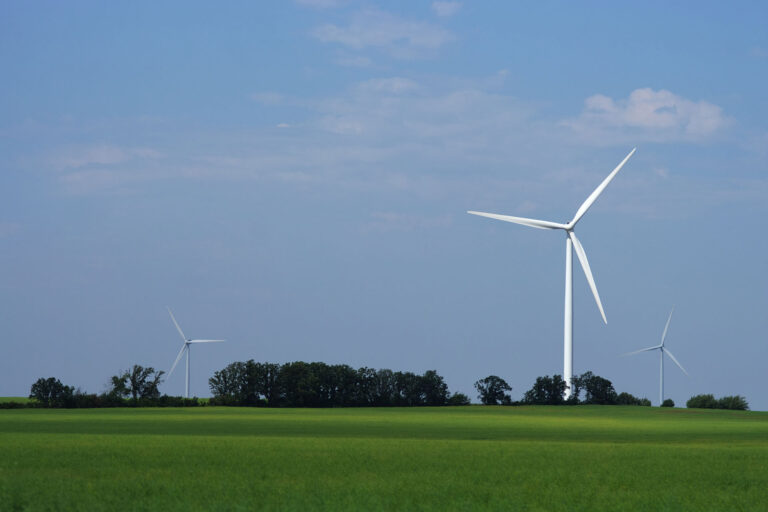Solar and wind farms, often called ‘green-energy’ or ‘renewable energy’, are becoming more popular as Governments move towards phasing out fossil fuels. With this in mind, it might not be a bad idea to take a look at what the future reclamation of these renewable energy projects will entail.
First, one must consider some of the existing challenges faced by Alberta’s mature resource industries.
Many individuals in the Oil & Gas Industry would admit that the reclamation of wells has not gone as smoothly as it should, some reasons include:
- Numerous smaller oil and gas companies have gone into bankruptcy
- Orphan well numbers resulting from bankrupt companies continue to increase
- Smaller companies have not allocated budgets to reduce liability through reclamation
- Some companies want to do the work but don’t have the capital resources and struggle to maintain asset to liability ratios.
In considering ‘green energy’, do companies have the same reclamation and/or recycling policies and procedures for the solar and wind farms that are now dotting the prairie landscape?
- According to the National Observer: “Solar panel recycling is challenging. It is difficult to separate raw materials such as glass, aluminum and the rare and valuable materials (including tellurium, iridium and gallium) used to construct the modules.” Wind turbines typically have a life cycle of 25-30 years and they can be either repowered or decommissioned.
- According to Bloomberg.com: “Wind power is carbon-free and about 85% of turbine components, including steel, copper wire, electronics and gearing can be recycled or reused. But the fiberglass blades remain difficult to dispose of.” These blades are piling up in landfills all over North America.
- Additionally, wind turbines projects can affect local wildlife. Affects resulting from direct mortality (e.g., bats and birds), and footprint are recognized and have become a focus for companies/regulators when planning projects.
While the Government of Alberta amended the Environmental Protection and Enhancement Act (EPEA) in 2017 related to generating wind and solar electrical power, the industry is arguably still in its infancy and the outcomes around reclamation and recycling have not received significant attention or public transparency. A few regulatory publications that highlight industry requirements include:
- Conservation and Reclamation Directive for Renewable Energy Operations (AEP, 2018)
- Land Policy, C&R Directive for Renewable Energy Operations – FACTSHEET (AEP, 2019)
- Wildlife Directive for Alberta Wind Energy Projects (AEP, 2018)
- Wildlife Directive for Alberta Solar Energy Projects (AEP, 2017)
There are pros and cons for all energy sources. Considering the global resource demands, all of these energy programs have a place and considerations have to take into account market demands, geography, and a countries infrastructure and capacity to support.
Wouldn’t it be amazing if all of the energy industries could work together to provide comprehensive energy solutions in a balanced manner?
